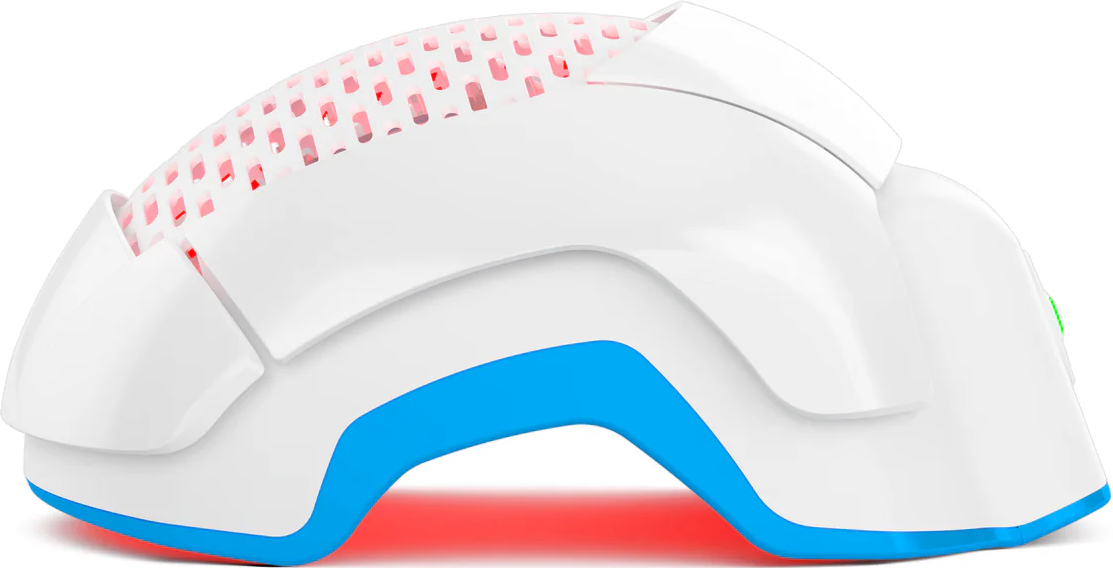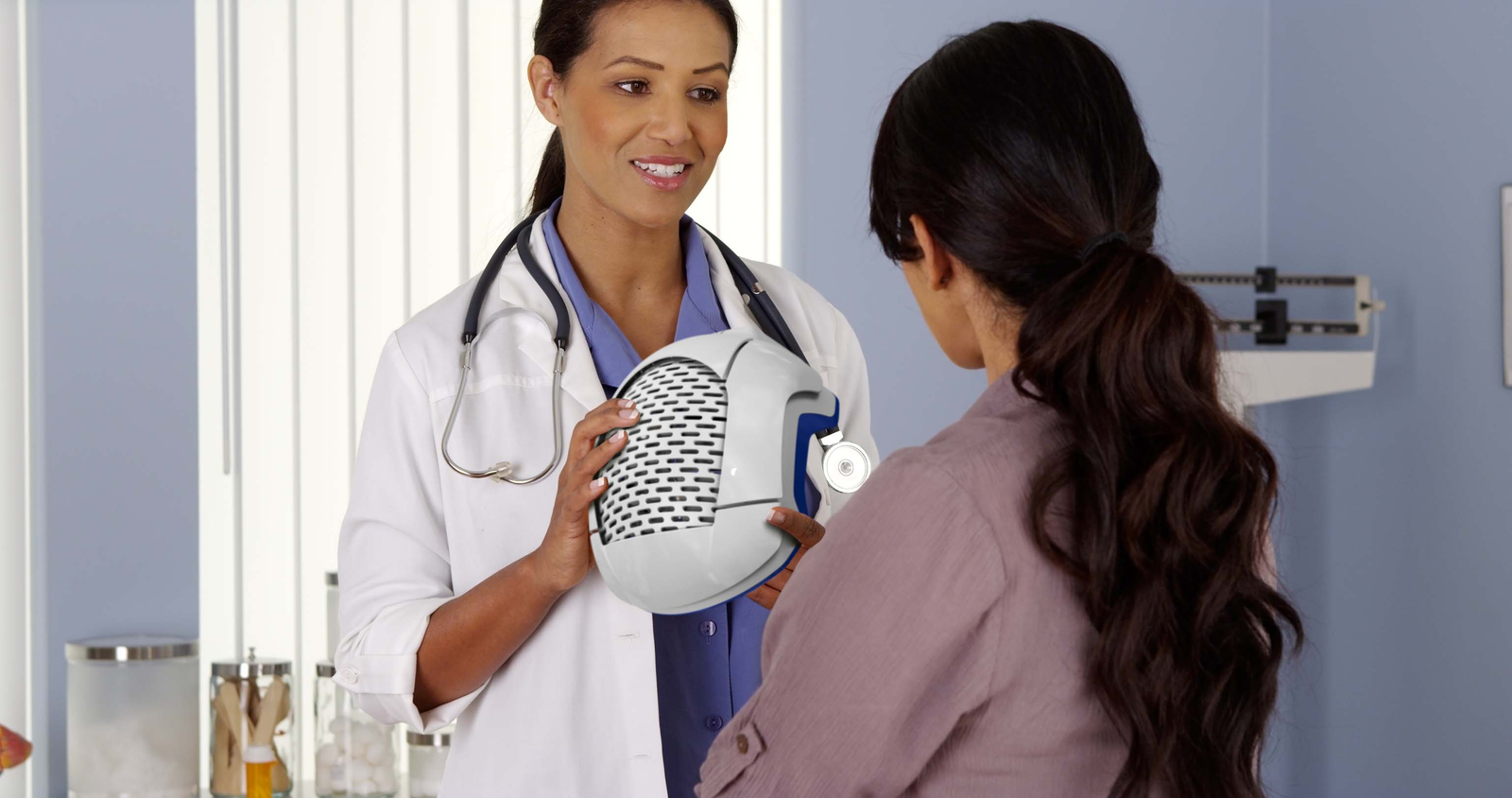Platelet‑rich plasma (PRP) uses your own blood’s platelets, spun down and injected into thinning scalp regions. Some studies show hair density improvements; others show modest or inconsistent results. PRP for hair loss remains an off‑label treatment (i.e., not FDA‑cleared for this specific use).
What Exactly Is PRP and Why Are People Injecting It Into Their Scalps?
Imagine your blood has a built‑in repair crew (platelets). When we collect some blood, spin it, remove the “other stuff,” and then inject back the enriched portion, we’re sending that repair‑crew directly where hair is thinning. PRP = Platelet‑Rich Plasma. Autologous (meaning your own blood) so immune rejection is negligible. The idea is to harness natural healing and redirect it to hair follicles.
PRP was first used in orthopedics and surgery. Then, trichologists (hair specialists) began asking: “Could we channel this repair mechanism into hair loss?” Indeed. The jump from tendon repair to scalp therapy isn't huge — both involve follicles (or roots) needing stimulation.
Why Hair Specialists Use It
Follicles under androgenetic alopecia (AGA) gradually shrink (“miniaturise”) and spend less time growing (anagen). Platelets release growth factors like PDGF, VEGF, EGF, IGF‑1 — all relevant to cell growth, circulation, and tissue repair. So, injecting PRP into the scalp might coax follicles back toward activity.
But important: this is not “stem cell magic.” The science is evolving; some evidence supports benefit, but it isn’t universal and still has many unanswered questions.
How Does PRP Work for Hair Growth?
When the PRP hits the scalp, several things may happen:
- Sense of increased blood flow (angiogenesis) around follicles.
- More cellular “fuel” (ATP) for follicle stem‑cells.
- Potential extension of anagen phase (the growth phase of hair).
We could liken it to waking up an under‑performing machine, giving it energy, and asking it to run a few extra hours a day.
What PRP Can and Cannot Do
✅ It may help follicles that are still alive, just underperforming.
❌ It likely cannot revive strands that are dead (bald patches lasting many years may have no viable follicles left).
✅ It works best early in hair‑thinning process, when follicles are dormant not destroyed.
❗ But it’s not a guarantee. Results vary. We should say that plainly.
The PRP Procedure — Step by Step
Step 1 — The Blood Draw
Your clinician draws about 10–20 mL of your blood (that’s about one small tube or two). Because the platelet count and your general health matter, they’ll assess your eligibility (platelet disorders, blood thinning meds, etc.).
Step 2 — The Spin (Centrifugation)
Once drawn, the blood gets spun in a centrifuge. Some methods use a single‑spin, others double‑spin. Each variation produces differing platelet concentrations and plasma clarity. The lack of standardisation is one reason data varies.
Clinician might say: “We’re separating the red‑cells and white‑cells from your super‑charged plasma.” The end product takes about 15–20 minutes (depending on machine) to prepare.
Step 3 — The Injection
Using small injections, the clinician spaces them along thinning areas (typically every 1 cm or so). Depth might be about 4 mm into the scalp. You might feel a slight prick; numbing is sometimes used. Post‑injection you might notice slight swelling or redness (normal).
Step 4 — Aftercare
- Avoid washing your scalp for ~24 hours.
- Avoid heavy exercise, sun exposure, or scalp massage for a day or two.
- Most patients are back to normal activities the same day or next day.
(Put simply: minimal downtime.)
Does PRP Actually Work for Hair Loss? (What Studies Show)
Meta‑analysis and systematic reviews give us a broad view:
- A 2018 meta‑analysis found that PRP injections for AGA may increase hair count in treated areas (though authors cast caution).
- A 2023 review (published in Surgery & Aesthetic Plastic Surgery) found that PRP increases hair density in participants with AGA, but not always hair diameter; effect stronger in males than females.
- A recent meta‑analysis combining PRP + minoxidil concluded that the combination improved hair density and diameter compared with either alone (WMD hair density = 9.14; WMD diameter = 4.72).
So, yes! There is positive evidence. But evidence quality, protocols and results vary significantly.
Clinical Takeaways
- Many patients start seeing visible change around 3–6 months after the first series of injections.
- Typical protocol: 2–4 initial sessions, spaced 3–6 weeks apart, then maintenance (often 1–2 sessions per year).
- Some patients see clear thickening; others see slower thinning rather than robust regrowth.
- Best candidates: early‑stage hair thinning, good health, realistic expectations.
When It Works Best
If your hair loss is relatively recent, follicles are not yet fully destroyed, and you’re willing to commit time and budget — your chances improve. If you’ve been bald for decades, expect more modest outcomes. Also: combining PRP with other therapies (like minoxidil or LPT) may boost outcomes (though data is still emerging).
The Downsides — Side Effects and Safety
Common Reactions
- Mild tenderness at injection sites (a bit of soreness)
- Redness or swelling for a day or two
- Slight bruising occasionally
These are expected and generally resolve quickly.
Rare Complications
- If technique or sterility is poor: risk of infection.
- Some patients report “shock shedding” — brief increased hair‑loss before regrowth (though this is not guaranteed).
- If you have clotting issues, platelet dysfunction, or are on heavy anticoagulants — outcomes may differ, risk may increase.
Always ensure the procedure is done in a medically‑qualified clinic with sterile technique.
Who Should Avoid PRP
- People with active scalp infections or skin disease
- Patients with platelet disorders or unable to stop anti‑platelet/anticoagulant meds (unless cleared by physician)
- Pregnant or breastfeeding women (data limited)
- Anyone expecting immediate, dramatic regrowth — manage expectations first
Is PRP FDA‑Cleared or Approved?
Important distinction: The therapy (PRP for hair loss) is off‑label — not formally FDA‑cleared for the indication of androgenetic alopecia. However, the devices that prepare PRP may have FDA clearances for other uses (e.g., bone‑graft preparation).
It means you’re consenting to a treatment that a clinician may legally perform, but the indication (hair regrowth) is not officially regulated by the FDA in this context. Transparency is key.
What Does It Cost and Is It Worth It?
Costs vary widely by region and clinic, but common ballpark:
- $400–$600 per session (US context)
- Initial series (3 sessions) might cost about $1,200–$1,800
- Maintenance adds extra yearly cost
Worth it?
That depends on your expectations, time, budget and comparison to alternatives. If you treat it as one tool (not a miracle) and your hair‑loss is early‑stage — it might make sense. If budget is tight, non‑invasive alternatives like LPT might compete well.
PRP vs Laser Phototherapy (LPT) — Which Makes More Sense?
The Core Difference
-
PRP = Injections; clinic‑based; some mild recovery.
-
LPT = At‑home or clinic device; light (red/infrared) stimulates follicles with no needles.
What the Research Says
A meta‑analysis of FDA‑cleared LLLT devices found a significant increase in hair density for users vs sham (standardised mean difference = 1.27; 95% CI 0.993‑1.639). (PMC8675345)
LPT is non‑invasive, with strong safety profiles.
Why Many Prefer LPT (or Use Both)
If needles bother you, LPT is attractive. If you prefer weekly at‑home sessions to clinic visits, again LPT might fit better. Some clinicians use PRP plus LPT: PRP jump‑starts follicles, LPT maintains them.
Who’s a Good Candidate for PRP and Who Isn’t?
✔ Good candidates:
- Early hair thinning (not decades of bald patches)
- Good general health, normal platelet count
- Willing to commit to sessions + follow‑up
- Realistic expectations
✘ Poor candidates:
- Completely bald for many years (likely few viable follicles)
- Platelet / clotting disorders
- Unmanaged scalp disease or major medical issues
- Low budget + expectation of “hair factory” in one session
The Fine Print — Limitations and Research Gaps
- Protocols vary: single‑vs‑double spin, platelet concentration varies, number of sessions differ. (Studies remain heterogeneous)
- Many studies are small, short‑term. Long‑term durability beyond 1–2 years remains unclear.
- Standardised guidelines for PRP in hair loss are lacking — preparation, injection depth, intervals vary widely.
- More head‑to‑head trials comparing PRP vs LPT vs minoxidil/finasteride directly are needed.
Realistic Expectations
Let’s pause. Hair thinning is emotional. It’s normal to feel frustrated, to have tried “everything,” and to hope for a fix. But here’s the honest talk: PRP may improve your hair, might slow the thinning, and sometimes produces noticeable thickening — but it’s not guaranteed.
If you approach it as “Let’s help my follicles wake up,” rather than “I’ll look like I had hair from my 20s,” you’ll avoid disappointment. (And frankly — disappointment in hair‑treatment world is real.)
What matters: a provider you trust, realistic time‑frame (3–6 months minimum), budget in mind, and patience. Combine good scalp care + healthy lifestyle + possible adjunctive therapies — it all stacks.
Conclusion
PRP is a valid, medically‑informed option for certain people with androgenetic hair loss. It does not promise a miracle, but when performed by a qualified clinician, with realistic expectations, it can be a meaningful part of a hair‑restoration plan. Ask questions, assess costs, compare with non‑invasive alternatives like LPT — and proceed with clarity, not hope alone.






















